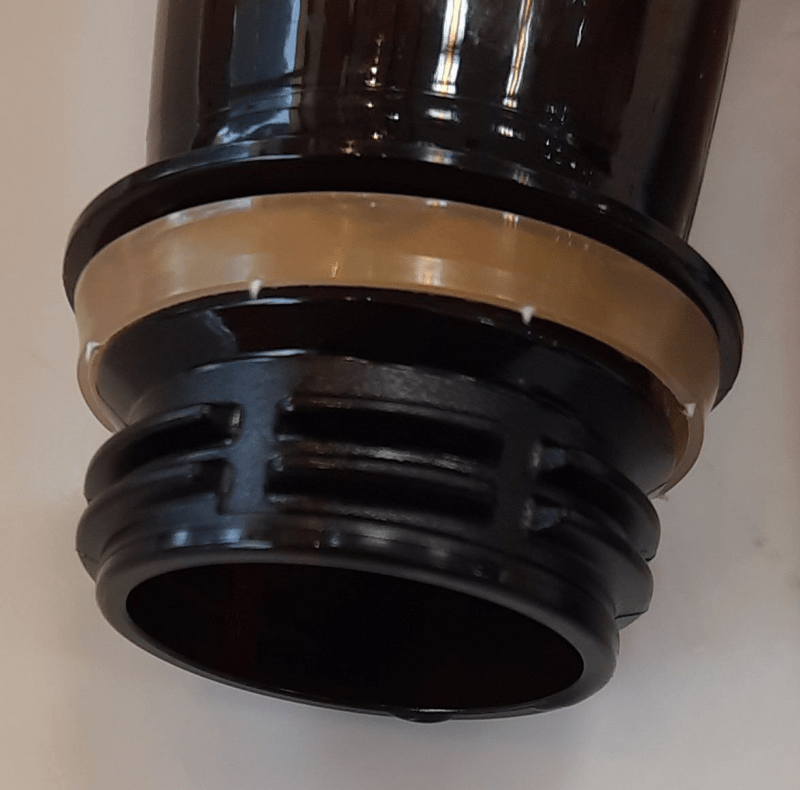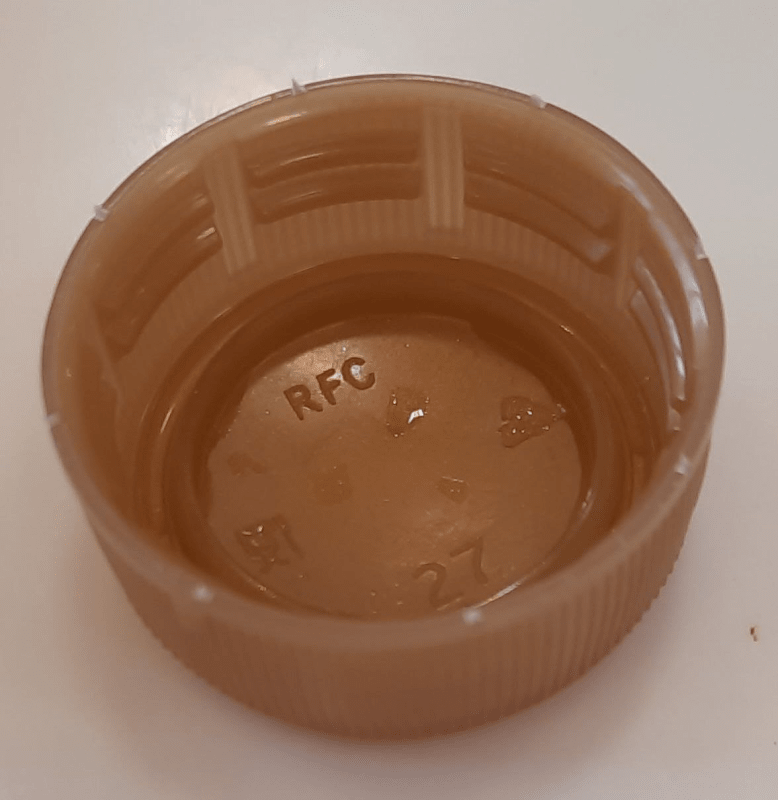The molds have moveable segments that form the threads. These segments move in to allow the cap to be ejected without having to be unscrewed. So continuous threads are more complicated to manufacture in addition to having other drawbacks such as more stress caused by plastic shrinkage during cooling. To contain the pressure in the bottle, the threads have to be large and coarse. Thicker sections are more difficult to mold due to the greater shrinkage, causing sink marks on the surface, cavitation voids, and stresses that can cause warping or cracks. The interrupted thread acts as a stress relief (circumferentially), and it saves on material.
Fine threads are made continuous because the caps can be popped off of the thread form while the cap is warm and still soft, like rubber.

